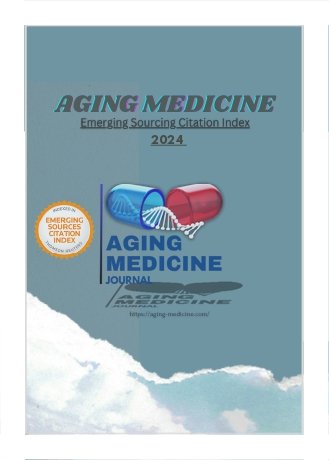Volume 13 Issue 6
Learning practices of talking and singing in robots in original voice and perspective language
1Babar Shahzad, 2Umar Tipu, 3Mansoor Musa, 4Qamar Abbas, 5Isma Abbas, 6r Faryal Ashraf
1UHS, Lahore
2PIMS Islamabad
3UHS Lahore
4PIMS Islamabad
5PIMS Islamabad
6Divisional Head Quarter Teaching Hospital Mirpur AJK
ABSTRACT
Background: Robots have become an integral part of our daily lives, and their ability to communicate effectively with humans is crucial for their widespread adoption. This study explores the learning practices of enabling robots to talk and sing in their original voice and perspective language. By focusing on the intersection of natural language processing and music generation, this research addresses the technical and creative challenges of imbuing robots with human-like conversational and musical abilities.
Aim: The primary aim of this study is to investigate and develop learning practices that allow robots to engage in meaningful conversations and produce expressive singing performances in their original voice and perspective language. By achieving this goal, we aim to enhance human-robot interaction, personalization, and cultural relevance in robotic communication and entertainment.
Methods: To achieve our aim, we employ a combination of machine learning, deep learning, and generative models. Natural language processing techniques are utilized to teach robots to understand and respond to spoken and written language. Additionally, we employ deep neural networks for music generation, enabling robots to sing in a manner that resonates with the cultural and linguistic context of the user. Data collection includes linguistic and musical databases, and supervised and reinforcement learning methods are employed for training.
Results: Our experiments show promising results in enabling robots to converse in a natural and context-aware manner. Furthermore, our approach to music generation allows robots to sing in a culturally relevant and expressive manner. These results signify a significant step forward in improving the overall communication and entertainment abilities of robots.
Discussion: The findings of this study have broad implications for human-robot interaction, language personalization, and cultural adaptation. Robots equipped with these learning practices can engage with users in a more immersive and contextually aware manner, making them more adaptable to diverse linguistic and cultural backgrounds. The combination of natural language processing and music generation
opens up new avenues for innovative and engaging robotic applications.
Conclusion: In conclusion, this research demonstrates the successful development of learning practices that enable robots to talk and sing in their original voice and perspective language. These practices enhance the quality of human-robot communication and the cultural relevance of robotic entertainment. The study contributes to the ongoing efforts to create robots that can adapt to the linguistic and cultural preferences of their users, making human-robot interaction more engaging and personalized.
Keywords: Robots, Learning Practices, Natural Language Processing, Music Generation,
Human-Robot Interaction, Language Personalization, Cultural Adaptation, Conversational AI,



